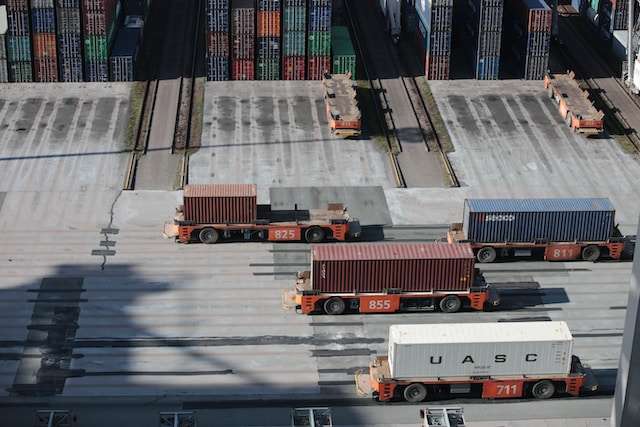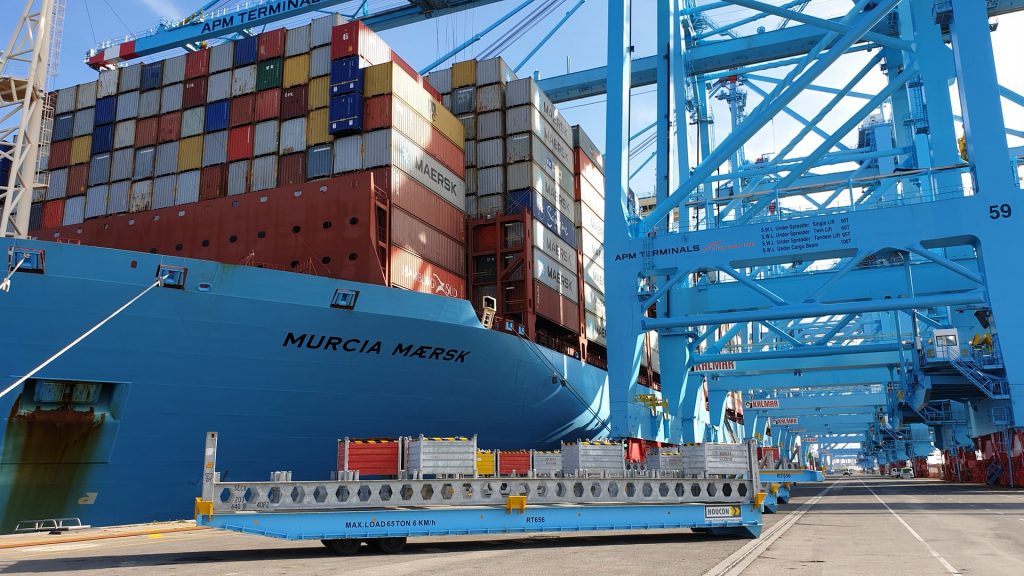By now it’s well known that digitization is taking over not only the freight forwarding industry but also all of the business world. Some companies have been able to use technology to their favor, such as the startups, but there are still many others that stick to the old way, such as traditional freight forwarders. We think it’s crucial to keep up with the market’s evolution to survive. So, we decided to share with you nine tools freight forwarders should be using in order to digitize and optimize all of the day-to-day work processes.
Nowadays we can find a lot of digital tools freight forwarders can use to improve their operations and thus, the income. But only the bravest and smarter ones have already taken on the challenge of digital transformation.
Most startups and entrepreneurs in freight forwarding are developing digital business models, plus they are already leaning on technological tools to optimize their processes from the start, so they can catch up quickly and compete in the industry. Along with some big freight forwarders, carriers, shippers, and others, they are becoming a significant threat to traditional freight forwarders, since they are proposing a big improvement in customer experience and, mostly, in costs reduction.
Nevertheless, it seems like many small freight forwarders are not aware of this or they have simply decided to not pay attention to it. According to Deloitte’s recent research, “80 percent of US small businesses are not taking full advantage of digital tools”. This is just an example of how many businesses are losing relevant opportunities and are not even acknowledging it.
We are actually committed to taking freight forwarders on to the digital era, to help them optimize their operational costs, and to give them that little boost they have been needing. Therefore, we chose nine tools freight forwarders should already be using by now to share with you.
Tools freight forwarders should be using to digitize their operations:
1. Google Drive: storage and easier access.
You must have a cloud-based backup of all of the documents and files that the operations of your freight forwarder require. We highly recommend using Google Drive not only to storage all of the documents, but also to share them with your team so that you can all view or edit them at the same time. This can help you improve the files management; no more losing a document, or not knowing which one is the latest version, nor waiting for a co-worker to finish a task and send the file to be able to work on it.
2. Slack: communicate and collaborate.
Having a team to work with can turn communication a little complicated when optimal conditions are not present. You can use Slack to have an official communication channel that is also immediate through a chat, where conversations are easy to track, files can be shared and other apps can be integrated to improve the communicational flow.
3. Trello: manage tasks and projects.
Whenever you need to organize and keep track of a project and/or tasks of your freight forwarder, use Trello. It allows you to keep an order of all of the activities that have to be done including details, support material, responsible assigned, and their status.
4. MailChimp: manage email marketing campaigns.
If you want to catch up with digital marketing strategies, it’s time to start using email marketing. With a platform like MailChimp, you can easily design and assemble newsletters or campaigns to send vía email to your potential customers. In there you will find email templates, you can subscribe lists of the email addresses you want it to be sent to, and you will be able to review reports of its performance results.
5. Mailtrack: email tracking.
Do you ever remain waiting for an email response and you wonder if the receiver even read it? If the answer is “yes”, then you need to use an email tracking tool like Mailtrack. You will receive a real-time notification if the email was read, each time it’s read and it will even let you know which device was used to read it. Check out the status of each email on your inbox and keep a better tracking of them.
6. Appear.in: deliver online business meetings.
If you need to have a meeting with a long-distance client or with remote team members, there are many platforms like Appear.in that you can work with. Enjoy video conferences with up to 12 people in an online “room”. If you need to show a presentation, you can always share your screen.
7. Google Analytics: website’s performance monitoring.
By now your freight forwarder should already count on a website to at least promote your services. But, are you analyzing its performance and how it is helping the business? Well, you can count on Google Analytics to do that and much more. Decide which are the key performance indicators (KPIs) you would like to track, like the number of visits for instance, and start evaluating them. This will help you identify what needs to be improved and/or what is actually working to keep it up.
8. Drift: website’s online chat.
Today’s customers want immediate answers to their questions and they will mostly look them up online. So, it is really important to be present wherever they are to address their concerns. You can lean on Drift to have an online chat available at your website to connect with your customers and offer them a better experience. It is your chance to engage them with your freight services.
9. Cargofive: contract and pricing management, plus CRM for freight forwarders.
As a freight forwarder, if you really want to enter digital transformation, you will need a solution that helps you optimize your operations. Cargofive was made especially for freight forwarders. It will help you manage in an easier way all rates, contracts, and shipping schedules for you to create quotes in less than 10 minutes. Plus, you will be able to have a CRM integrated into the same platform so you can have better visibility and tracking of the quotes that are sent, as well as everything related to each customer. All of this in one place only.
So, no more excuses, right?
It is time to catch up with digital business and join digitization. Now you are aware of a minimum of nine tools freight forwarders can use to start the digital transformation. They all have at least a free trial, so you can try them out and see if they fit your needs. Go on and let’s take your freight forwarder to a whole other level!
AUTHOR


